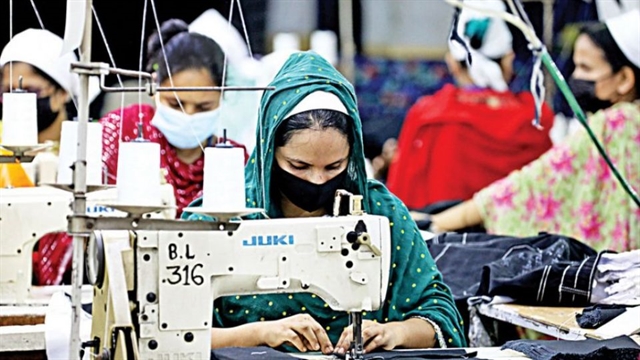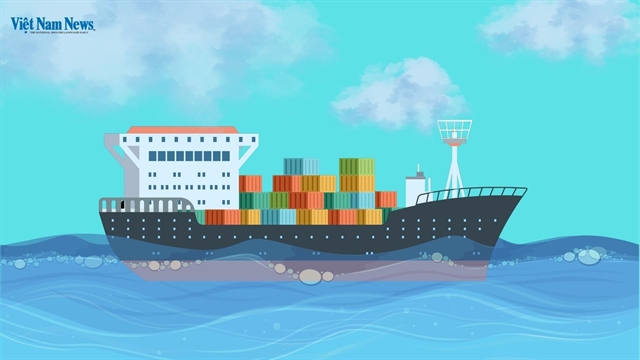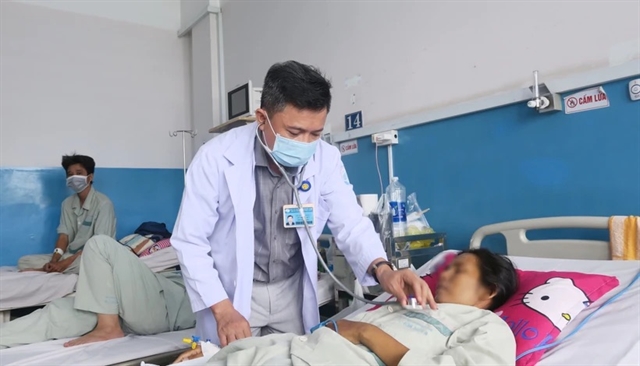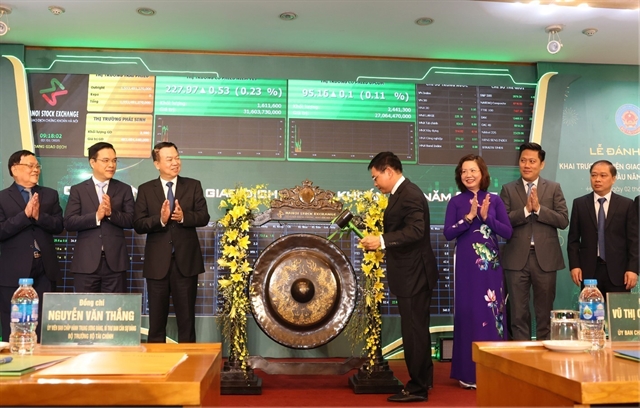 Economy
Economy

ASEAN and some of the bloc's closest trading partners have been forecast to enjoy an economic expansion of 6.7 per cent this year and 4.9 per cent in 2022.
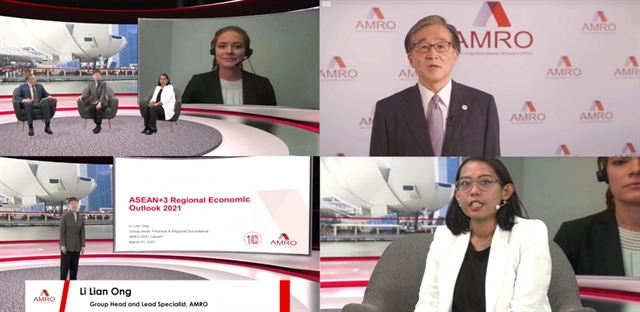
|
| Glenn van Zutphen, AMRO Group Head and Lead Specialist Li Lian Ong, AMRO Economist and AREO Lead Author Marthe Hinojales, AMRO Economist and AREO Lead Author Anne Oeking, and AMRO Director Toshinori Doi gather on the virtual meeting for the report. — Photo courtesy of ARMO |
SINGAPORE — ASEAN and some of the bloc's closest trading partners have been forecast to enjoy an economic expansion of 6.7 per cent this year and 4.9 per cent in 2022.
The ASEAN+3 Macroeconomic Research Office (AMRO) released the forecast on the ASEAN+3 region, which includes the 10 ASEAN nations and China, South Korea and Japan, in its annual flagship report, the 'ASEAN+3 Regional Economic Outlook' yesterday.
According to the report, ASEAN+3 economies have proven to be resilient in the face of the COVID-19 pandemic, but are not out of the woods yet.
It said the region, home to 30 per cent of the world’s population, accounts for only 3 per cent of the total number of confirmed COVID-19 cases globally. However, until herd immunity is achieved through widespread vaccinations, localised containment of the virus may continue to be necessary.
AMRO Chief Economist Hoe Ee Khor said: “As governments become more experienced at handling infections, targeted measures that are decisive, effective, and proactive will allow economies to minimise further loss of lives while enabling economic activity to continue.”
The report said the road to recovery was filled with challenges, but also presented opportunities. The pandemic has impacted the region unevenly, and recovery across sectors and economies remains fragile.
Some segments look set to rebound quickly, with the turnaround in manufacturing and exports and the adoption of new technologies, while others will remain under pressure and must adapt.
According to the report, employment prospects would also differ, with workers in some in-person service industries and those employed by smaller businesses and in the informal sector the most vulnerable.
It also said the financial sector appeared to be on a dual-track. Financial markets have soared since the first quarter of 2020, on the back of unprecedented policy stimuli and the successful development of vaccines. At the same time, the pandemic has weakened public and private sector balance sheets.
Unprecedented policy support has come at the cost of higher public debt, while shocks to household and business incomes have affected debt-servicing capacity and increased the credit risks to banks.
Macro-financial policymaking would have to shift from protecting lives and livelihoods to safeguarding recovery. The combination of monetary, fiscal, and financial measures was swift, sizeable, and sweeping in 2020. With the economic turnaround, policymakers have begun to plan for a transition from these extraordinary crisis actions.
Li Lian Ong, Group Head of Financial and Regional Surveillance, said: “Recovery is underway but is by no means assured. So, it is more important than ever to make sure that the momentum does not falter."
The pandemic exposed the vulnerability of global value chains (GVCs), which posed significant problems when lockdowns first occurred, but then facilitated a rapid regional turnaround when economic activity resumed, the report said.
AMRO Chief Economist Hoe Ee Khor stated: “We don’t think GVCs are going to be reconfigured away from Asia anytime soon” in response to the intensifying debate about major reconfigurations of GVCs, adding: “Asia is still one of the fastest-growing regions in the world, and we know that proximity to high-quality infrastructure, skilled labour, and customers with purchasing power all matter for GVCs.”
The report considered a silver lining has been digitalisation in the ASEAN+3 region.
Consequently, the region has a tremendous opportunity to upgrade and fortify its role in GVCs, and champion not only greater openness but also strengthen its competitiveness in the Fourth Industrial Revolution. Full deployment of new technologies will require both hard and soft infrastructure, which calls for strong bilateral and multilateral co-operation, mentioned the report.
AMRO is an international organization established to contribute towards securing the macroeconomic and financial stability of the ASEAN+3 region. AMRO’s mandate is to conduct macroeconomic surveillance, support the implementation of the regional financial arrangement, the Chiang Mai Initiative Multilateralisation (CMIM), and provide technical assistance to the members. — VNS




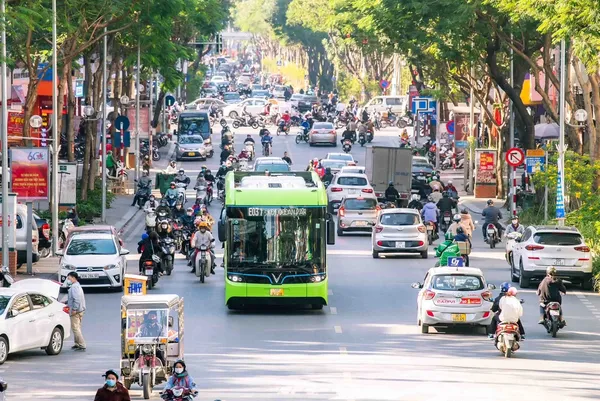
.jpg)
